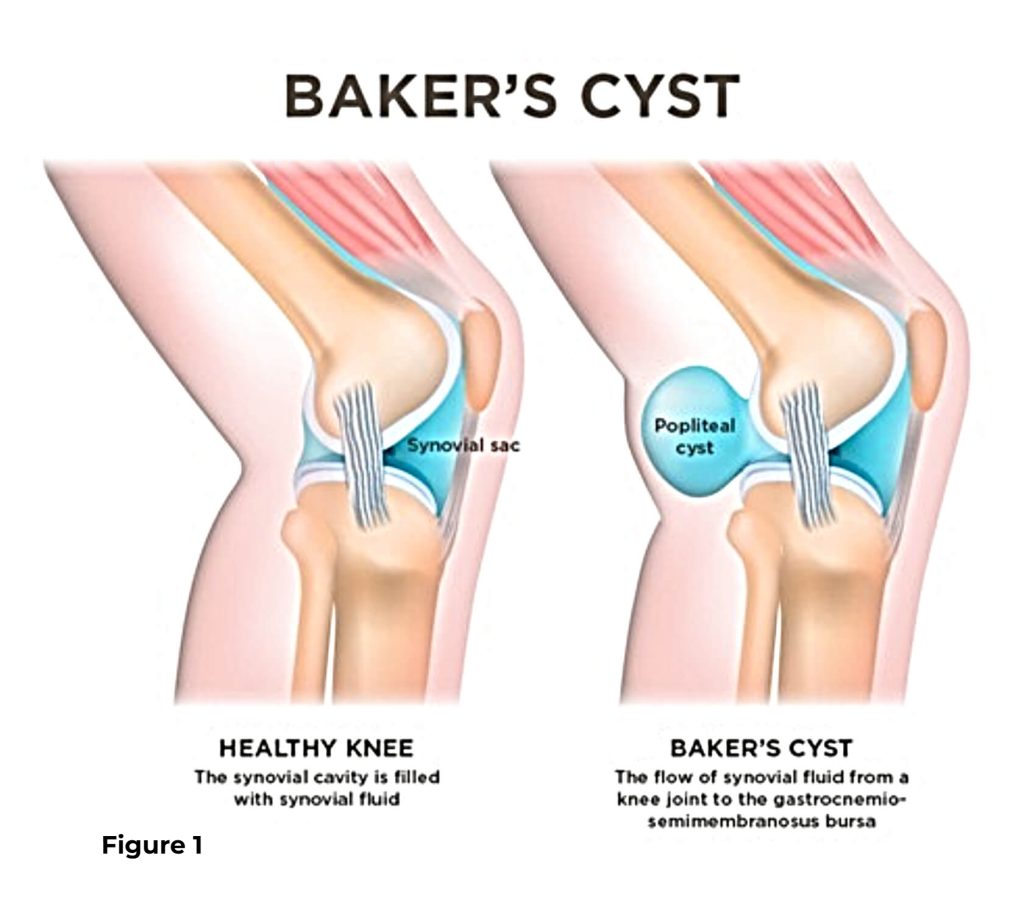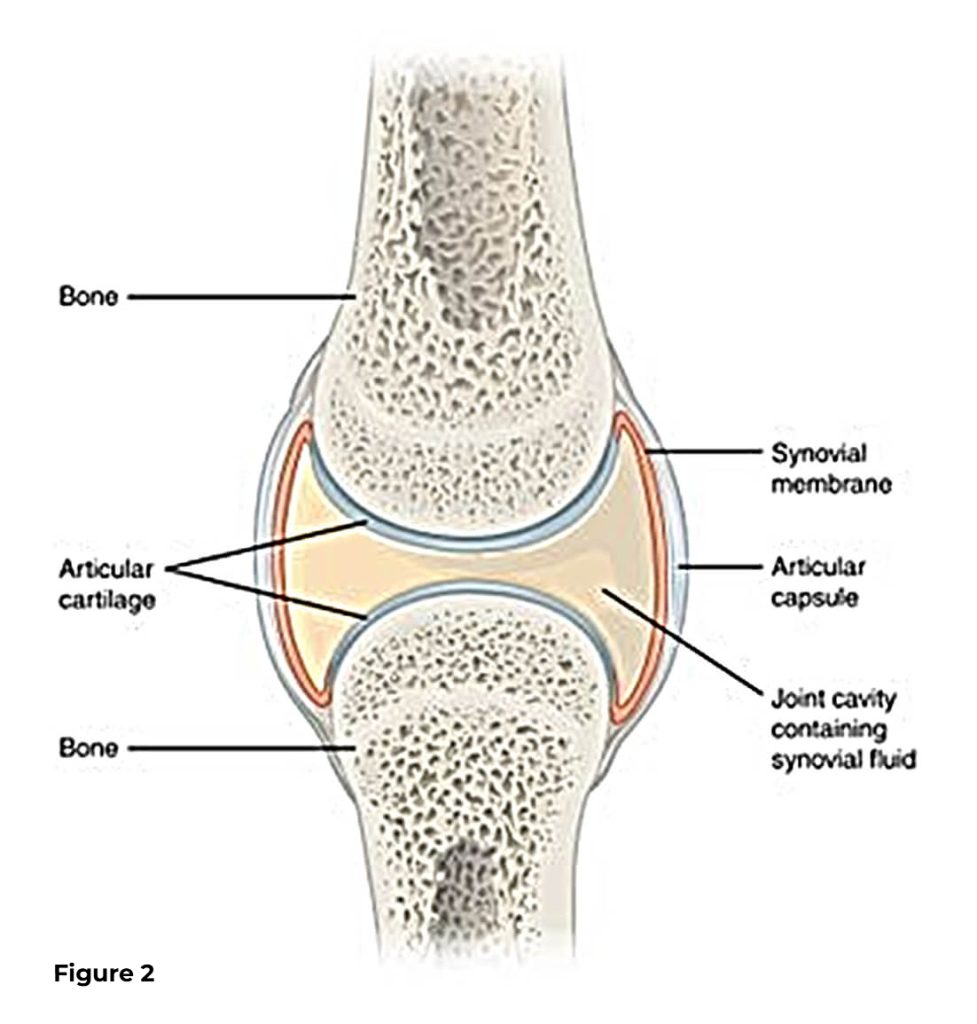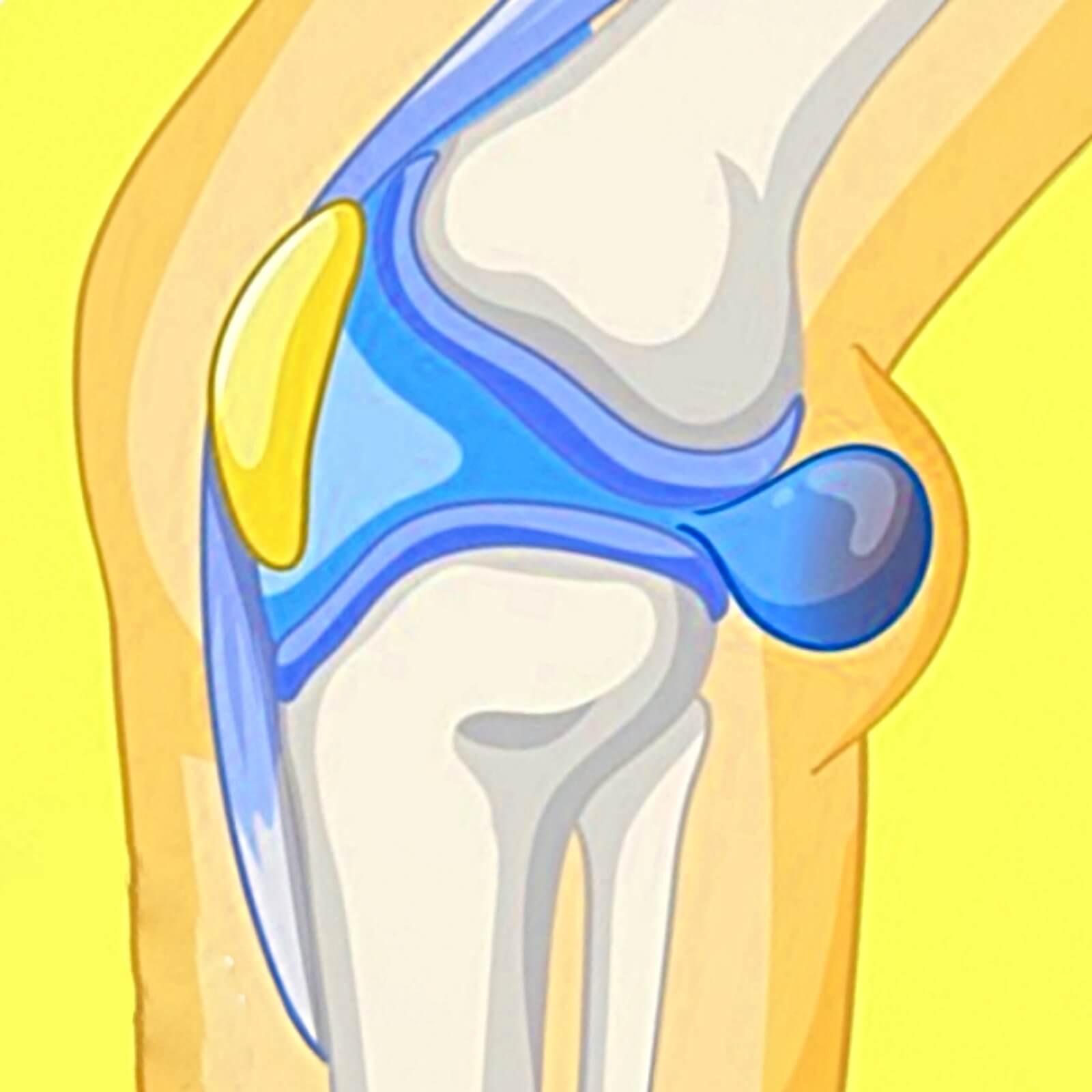There are multiple clues that provide information as to the cause of a knee issue. Sometimes one hears a signature “pop” with a traumatic meniscal tear or malalignment of bones such as the femur or tibia. Other diagnostic clues include tenderness when pressure is applied to an area or the presence of swelling. In this piece, we will discuss the swelling in the back of the knee known as a Baker’s cyst and its bearing on overall knee health.
A 66-year-old female came to see me stating that she had significant swelling and ‘pressure ‘ in the back of her knee. She plays pickleball with friends several times a week and does resistance training with a personal trainer four times a week. Following one such pickleball game, she noted some minor non-specific pain in her right knee. That evening her pain was worse. The next morning, this otherwise fit woman could not walk without assistance and had significant pain, swelling and tightness in the back of her knee. Following imaging with both Xray and MRI, it was revealed that she had a degenerative meniscus.
What is a Baker’s cyst?
What is actually happening in this woman’s knee and why is it presenting with swelling in the back of the knee? There are several areas in the knee where swelling can occur. The most common of those areas is above or behind the knee.
Above the knee swelling can indicate inflammation from arthritis, rheumatoid or osteoarthritis, infection, trauma and/or overuse. By contrast, fluid behind the knee is often meniscal related. A Baker’s cyst, or popliteal cyst as they are also commonly called, can form from a quick, trauma-related injury or a slower, progressive, degenerative injury.
When a Baker’s cyst occurs, there is swelling into the synovium. An outpouching of the synovial sac into the back of the knee develops between two muscle tendons, the semimembranosus and the gastrocnemius (Fig. 1). The synovium is a connective tissue membrane that lines a joint, or where two bones come together. Inside this synovial membrane is synovial fluid that lubricates and provides a cushion to the joint or bone junction (Fig. 2). If the meniscus becomes inflamed, the inflammation collects within this membrane and moves into the recess in the knee.
There are other potential causes of Baker’s cysts such as bursitis of the muscle semimembranosus and gastrocnemius tendons, but those are much less common.
Baker’s Cyst Treatment
A Baker’s cyst may resolve on its own over time. Conventional treatments such as NSAIDs, topical heat, ice and even castor oil applications can reduce these cysts. However, where there is inflammation to that degree, it’s an indication that there is a larger vulnerability requiring attention.
Depending on the degree of the meniscal tear, platelet rich plasma (PRP) may be indicated. The growth factors within the PRP recruits the body’s own cells to help repair the injured area. However, when the tear is larger, adipose derived mesenchymal stem cells (AD-MSCs) are a more preferred choice. The AD-MSCs are pluripotent in that they can differentiate into meniscal cells, coordinate repair using growth factors, and significantly reduce inflammation. The 66-year-old female’s tear was large enough to require the AD-MSCs.
At Oregon regenerative medicine we utilize ultrasound guidance imaging for both diagnosing and treating orthopedic injury and degeneration. We have a combined 32+ years of experience in performing these procedures. For questions related to your knee or other joint related pain, please contact us at (503) 636-2734.


Dr. Stacey Guggino, ND, LAc, graduated from the National College of Natural Medicine in Portland, Oregon with a Doctorate in Naturopathy and a master’s degree in Oriental Medicine. For the past 12 years, she has specialized in treating pain and sports injuries with acupuncture and prolotherapy. Dr. Guggino has also studied and practiced aesthetic medicine for 11 years.
References
- Figure 1 Credit: Hirslanden
- Figure 2 Credit: Physiopedia
- Leib AD, Roshan A, Foris LA, et al. Baker’s Cyst. [Updated 2023 Aug 4]. In: StatPearls [Internet]. Treasure Island (FL): StatPearls Publishing; 2025 Jan.



